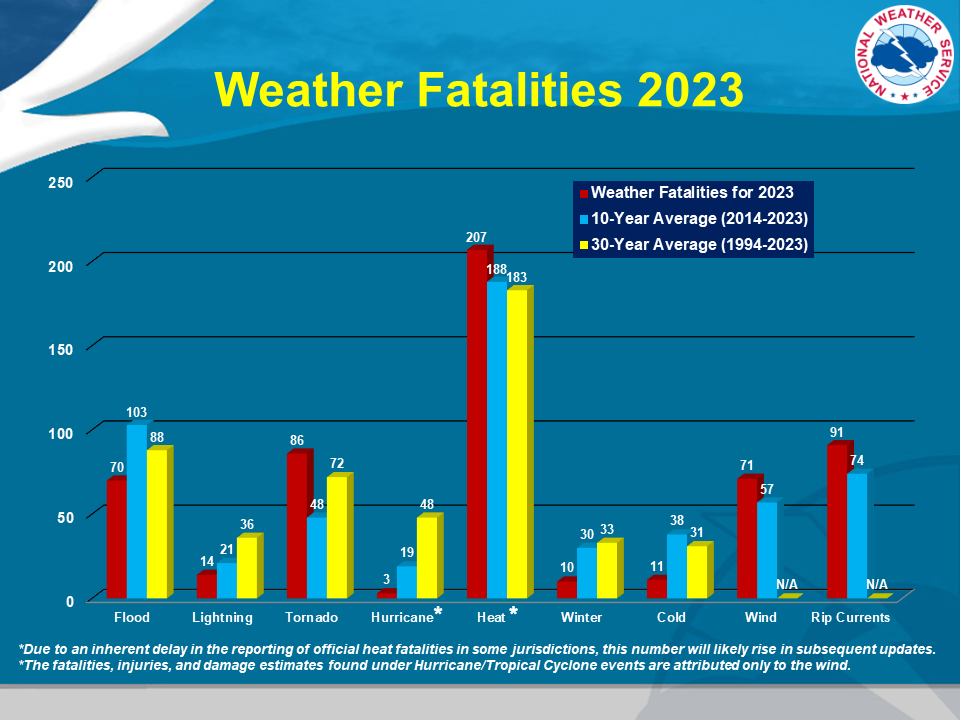The weather in New York can be unpredictable. This unpredictability can be problematic for drivers trying to navigate the road safely. Although severe weather events such as blizzards or hurricanes are responsible for substantial damage to people and property, it’s average weather occurrences like heavy rain that contribute to car accidents.
Whether it’s a category 5 hurricane or a foggy morning, weather conditions are responsible for countless car accidents in New York. However, the vast majority of serious car accidents occur as a result of human error, not the weather. Typically, car accidents that occur in part because of the weather are a consequence of the weather and the driver’s negligence.
Knowing this, you should always explore your legal options for pursuing compensation from liable parties after your collision. A New York car accident lawyer can help you investigate your accident, determine fault, and seek the maximum amount of damages available for all of your losses.
After an accident, many drivers claim that the weather was a contributing factor that led to the crash. However, after an accident, very few reports list weather as a contributing factor.
Accident reports prove that human factors — including driver error — contribute to the vast majority of accidents in the state of New York. The disparity becomes even greater when considering accidents that resulted in injury or death.

Looking at the chart above, you can see that 89% of all fatal crashes involve human contributing factors, compared to just 8% that involve environmental factors. Similarly, 86% of all injury accidents involve human contributing factors, and just 10% involve environmental ones.
Diving into respective categories, 0.24% of human-related crashes lead to a fatality, and 30% lead to an injury. By comparison, 0.095% of environment-related crashes lead to a fatality, and only 15% lead to an injury.
Based on this data, one can conclude that not only are weather-related crashes less likely to happen, but they are also half as likely to cause an injury or a death compared to an accident involving a human contributing factor.
The following are the listed environmental factors on crash reports from the state of New York in 2018, along with their frequency:
- Animal’s Action — 36,445
- Pavement Slippery — 26,030
- View Obstructed/Limited — 7,766
- Road Obstruction/Debris — 3,398
- Pavement Defective — 520
- Lane Marking Improper/Inadequate — 312
- Traffic Control Device Improper/Not Working — 304
- Shoulders Defective/Improper — 80
As you can see, most of these environmental factors do not involve the weather. Yet, many listed conditions can be caused by severe weather conditions.
Based on this list, along with everyday knowledge of New York weather, one can determine that the following weather factors could contribute to an accident:
- Heavy rain (pavement slippery, view obstructed, road obstruction/debris)
- Snow/sleet (pavement slippery, view obstructed, road obstruction/debris)
- Road ice (pavement slippery)
- Fog/haze (view obstructed)
- High winds (road debris)
- Flooding (pavement slippery, road obstruction)
- Other (pavement slippery, pavement defective, etc.)
If you are involved in an accident in Long Island or the NYC area, do not make assumptions about what did or did not contribute to your accident. Do not admit fault, and do not assume that environmental conditions were the sole cause of your accident.
Instead, investigate the circumstances of your accident with the help of an experienced Long Island car accident lawyer. An attorney can gather evidence, research applicable laws/prior case outcomes, hire experts, and determine fault using their knowledge and experience.
When reporting your accident, be truthful to police respondents, but avoid making assumptions. That includes making statements like “the rain caused the accident”. Also, avoid volunteering information or accepting blame for the accident — e.g. “I didn’t have my fog lights on, so I couldn’t see. Answer questions honestly, but avoid appearing to admit fault or wrongdoing.
Statistically speaking, an accident is likely to have one or more contributing human factors, even if severe weather was involved. Therefore, it’s important to wait for the results of an independent investigation before concluding what caused your crash.
If your crash was caused by another driver, then you can seek damages from the driver for all costs not covered by your no-fault insurance policy. If weather and human factors both contributed to your crash, then the other driver (or drivers) who were negligent still have to pay for the percent of fault they contributed based on New York law.
After an accident, speak to an New York car crash attorney as soon as possible, before reaching out to insurers about your claim. A Long Island car accident lawyer can not only help you investigate the fault, but they can also help you calculate the full amount of damages caused by your collision.
Do not assume that the weather was the sole cause of your accident. You have the right to determine fault through an independent investigation, and your findings could form the basis of a liability insurance claim against one or several at-fault parties. If you have been hurt in a crash, call TonaLaw – a New York Personal Injury Law Firm. We are ready to provide you with guidance and experienced legal counsel you need to seek the maximum amount of compensation. Schedule a free, confidential, no-obligation case review now when you call 833-866-2529 (833-TONALAW) or contact us online.
SHARE











